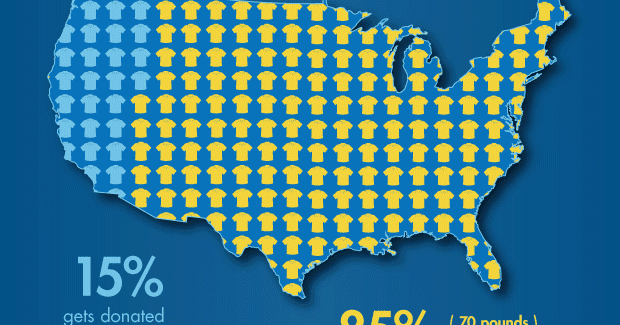More stuff is not the answer
2 min read
I was in a retail establishment the other day. It’s a popular place for consumers to shop because their prices are “great”. We had stopped in because we thought we needed a new set of sheets, after discovering a tear in one of our fitted sheets.
But as I navigated the racks of clothing, home décor, and general knick-knacks, I felt a rising sense of discomfort. Was there really anything in this mish-mash that would improve my life? Did I really need a blue velvet stuffed pumpkin with a silver stem to show that I loved fall? I paused for a moment and thought, “There’s a time I would have thought that unique and different.” And I would have purchased it to show how unique my taste was (by purchasing a mass produced product that was available at multiple store locations around the country). Hmmmm. A bit of a disconnect, isn’t there?
I saved myself $14.99 plus tax by pausing and realizing there was nothing inherently satisfying about owning a stuffed blue velvet pumpkin with a silver stem. In fact, not owning it was rapidly becoming more satisfying, bordering on smug.
As I recoiled at the massive displays of excess consumerism, noted the long lines of carts filled with stuff, and held my set of sheets, I thought, I can patch the sheet, and took my package back to the shelf for another consumer to ponder. I patched the sheet with an iron-on patch. The tear was near the foot of the bed, but I will flip the sheet and it will be underneath the pillow, never even inconveniencing our slumber.
There are news reports that donation centers cannot resell half the things that are donated, so they make bales of textiles and ship them “somewhere else”. We’ve done the same thing with our plastic waste, shipped it to China until China stopped accepting it.
When was the last time you thought about the need for “retail therapy”? Does more stuff really make us more happy? Or does it just create the need to move things around and re-organize and re-categorize.
Over the years, I’ve written about the need to “repair” first, and to make the 3Rs 4. Reduce, step one. Reuse, step two. And Recycle, last.
Does stuff really “go away” or are we just stashing it somewhere else so we don’t see it?
I challenge you to think about whether you need more “stuff”. I bet you can “make-do”.






